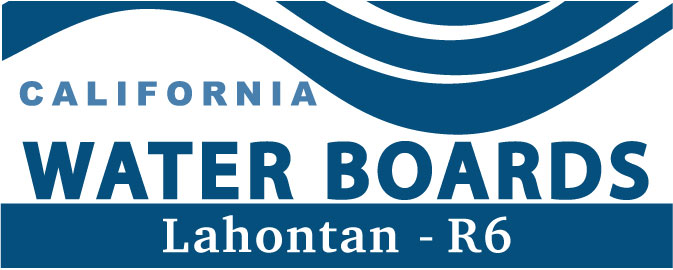Waste Discharge Requirements
Permitting Programs
Land Disposal Program
The purpose of the Land Disposal Program is to regulate facilities which discharge waste to land that may negatively impact water quality in an effort to ensure they are operated in a manner which protects water quality, in accordance with California Code of Regulations (CCR), title 27 and the California Water Code. The program covers landfills, mines, composting operations, cement plants, land treatment units, and other facilities governed by CCR, title 27. Currently, about three positions within the Lahontan Region are dedicated to this program.
Additional information can be found at the State Board's Land Disposal Program website.
National Pollutant Discharge Elimination System (NPDES) Program
The State of California implements the federal National Pollutant Discharge Elimination System program under authorization by the U.S. EPA, except for the wastewater treatment plant biosolids component. All facilities discharging pollutants (except storm water) from any point source into waters of the United States must obtain a permit. The NPDES storm water program is separately managed. Major permits cover facilities discharging greater than 1 million gallons per day. Minor permits cover smaller volume discharges. General Permits issued by both the State and Regional Boards cover numerous broad categories of similar discharges. Less than two full-time positions are dedicated to this program.
The National Pollutant Discharge Elimination System (NPDES) Program Fact Sheet provides more information on the Goals, Accomplishments, and Performance Targets.
Waste Discharge to Land Program
The Waste Discharge to Land Program authorizes and regulates actions or discharges of waste that pose a threat to waters of the state (waters of the state includes both ground and surface water). This is the oldest state water quality control program and is performance-based. The program primarily covers regulation of wastewater (sewage) treatment facilities, but the program also covers facilities such as ski areas, golf courses, parking lots, and dairies and their associated waste discharges to land. The waste discharges covered by this program are not subject to the requirements of California Code of Regulation, title 27 requirements nor the Clean Water Act. Currently, the Water Board has about seven full-time positions working within this program.
Dischargers submit a report of waste discharge and staff prepares Waste Discharge Requirements (WDRs) for consideration by the Water Board to adopt. The Water Board may establish numeric and/or narrative effluent and receiving water limits to protect beneficial uses of the receiving water that are included in the Water Quality Control Plan for the Lahontan Region (Basin Plan). The Water Board may adopt WDRs for new discharges of waste after receiving a complete report of waste discharge. Also, the Water Board has the authority to adopt/impose WDRs for existing discharges of waste.
The Waste Discharge to Land Program Fact Sheet provides more information on the Goals, Accomplishments, and Performance Targets.



